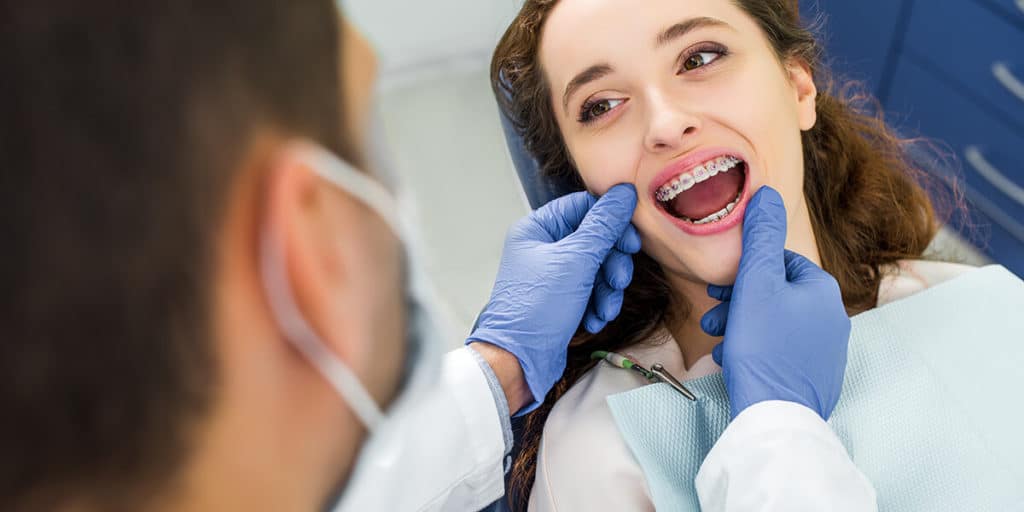Malocclusions are common dental problems that affect almost every person in the world. In most cases, the degree of malocclusion is mild or moderate and hardly requires any intervention. However, some cases of malocclusion can cause a variety of problems in eating, speaking and general health. It is important for you to understand the bearable types of malocclusion from the very serious ones so you can take the right steps to take care of it.
Classification of malocclusions:
Malocclusions are divided into three main types-
Neutroclusion: This is the most common type of malocclusion where the upper teeth is slightly in front of the lower teeth, just like it should be, but the teeth are not properly placed with respect to each other. Common problems related to this kind of malocclusion include spacing, anterior crowding and midline diastema.
Retrognathism or overjet: This kind of malocclusion occurs when the upper teeth are placed in front of the lower teeth by an abnormally large gap. In this case, there can be two variations. The first variation is that the molars at the back of your mouth are well aligned but the front teeth protrude outwards. The second variation is that the upper molars inside the mouth jut outwards greater than the lower molars. This kind of malocclusion is also called overjet. Some also refer to it as overbite, but that is the wrong term. In fact, let’s take a quick look at what overbite is and how it differs from overjet.
Overbite: Overbite is a minor form of malocclusion where only the upper front incisors (the two teeth in front) are placed at an abnormally large distance ahead of the lower front incisors. The difference between overbite and overjet is that the former only deals with 4 teeth, while the latter is a type of malocclusion that deals with the entire jawline.
Prognathism: This kind of malocclusion occurs when the lower teeth jut forward rather than the upper teeth. It is called prognathism, or negative overjet, and generally happens when the lower jaw is larger or protrudes beyond the upper jaw.
Malocclusion can have serious social consequences, especially for small children and teenagers. It is best to get dental braces for them since bones are tender at a young age and malocclusions can be easily corrected in a shorter span of time if treatment is initiated early.
